Meadow brown (Maniola jurtina)
MEADOW BROWN (Maniola jurtina) – THE TOUGH, NO-NONSENSE BUTTERFLY! 🦋💪
Let me tell you something, folks—the Meadow Brown (Maniola jurtina) might not be the flashiest butterfly, but don’t let that fool you! This is one of the most successful, most widespread butterflies in Europe. Some butterflies are all about looks—this one? All about survival. Resilient. Hardworking. A true champion!
GENERAL INFO – VERY IMPORTANT, PAY ATTENTION!
- Scientific Name: Maniola jurtina – Very strong, very official.
- Common Name: Meadow Brown – Because it dominates the meadows!
- Family: Nymphalidae – One of the best butterfly families, folks. No doubt.
- Wingspan: 40–50 mm (1.5–2 inches) – Compact but highly effective.
- Lifespan: Weeks as an adult, but it keeps the cycle going strong!
APPEARANCE – UNDERSTATED, BUT BRILLIANT!
- Wings:
- Earthy brown tones, with an orange patch and a single black eyespot – Simple, classic, always in style!
- Females are more colorful than males, but both are built for survival.
- Underside? Perfect camouflage! Blends right in with dry grass—stealth mode engaged.
- Body:
- Lean, built for efficiency!
- Antennae:
- Slim, precise, designed for sensing the best flowers!
DISTRIBUTION – ABSOLUTELY EVERYWHERE, BECAUSE IT’S A WINNER!
- Found all across Europe, North Africa, and even into Asia – Thriving in multiple regions!
- One of the most common butterflies in Britain and Europe – A total domination story!
- Loves grasslands, meadows, gardens, and even roadsides – Highly adaptable, highly successful!
BEHAVIOR – SMART, STRATEGIC, ALWAYS WORKING!
- Flies in dull weather – While other butterflies wait for sunshine, this one keeps going!
- Fast, low flight – Avoids predators, stays under the radar, totally tactical.
- Territorial battles? Males will chase off rivals to secure mates—very competitive!
- Prefers walking over flying when feeding – Why waste energy? Smart move!
DIET – PURE EFFICIENCY, PURE SUCCESS!
- Caterpillars: Love grasses like fescues and bents – Tough, reliable food source!
- Adults: Enjoy nectar from thistles, knapweed, and bramble – Goes straight for the good stuff!
PREDATORS & THREATS – NOT FAIR, BUT IT SURVIVES!
- Birds, spiders, wasps – They try, but Meadow Brown’s camouflage is top-tier!
- Habitat loss – Bad management, folks! Let the meadows grow!
- Climate change – We need to protect our grasslands!
CONSERVATION STATUS – STILL WINNING, FOLKS!
- IUCN Status: Least Concern – Absolutely thriving!
- One of the most numerous butterflies in the UK and Europe – Nobody does it better!
FINAL THOUGHTS – A WORKHORSE BUTTERFLY, A TRUE SURVIVOR!
The Meadow Brown isn’t here to show off—it’s here to dominate the meadows, survive, and reproduce like a champion. It flies when others don’t, it camouflages better than most, and it’s one of the most successful butterflies in Europe.
🦋🔥
Visited 3 times, 2 visit(s) today
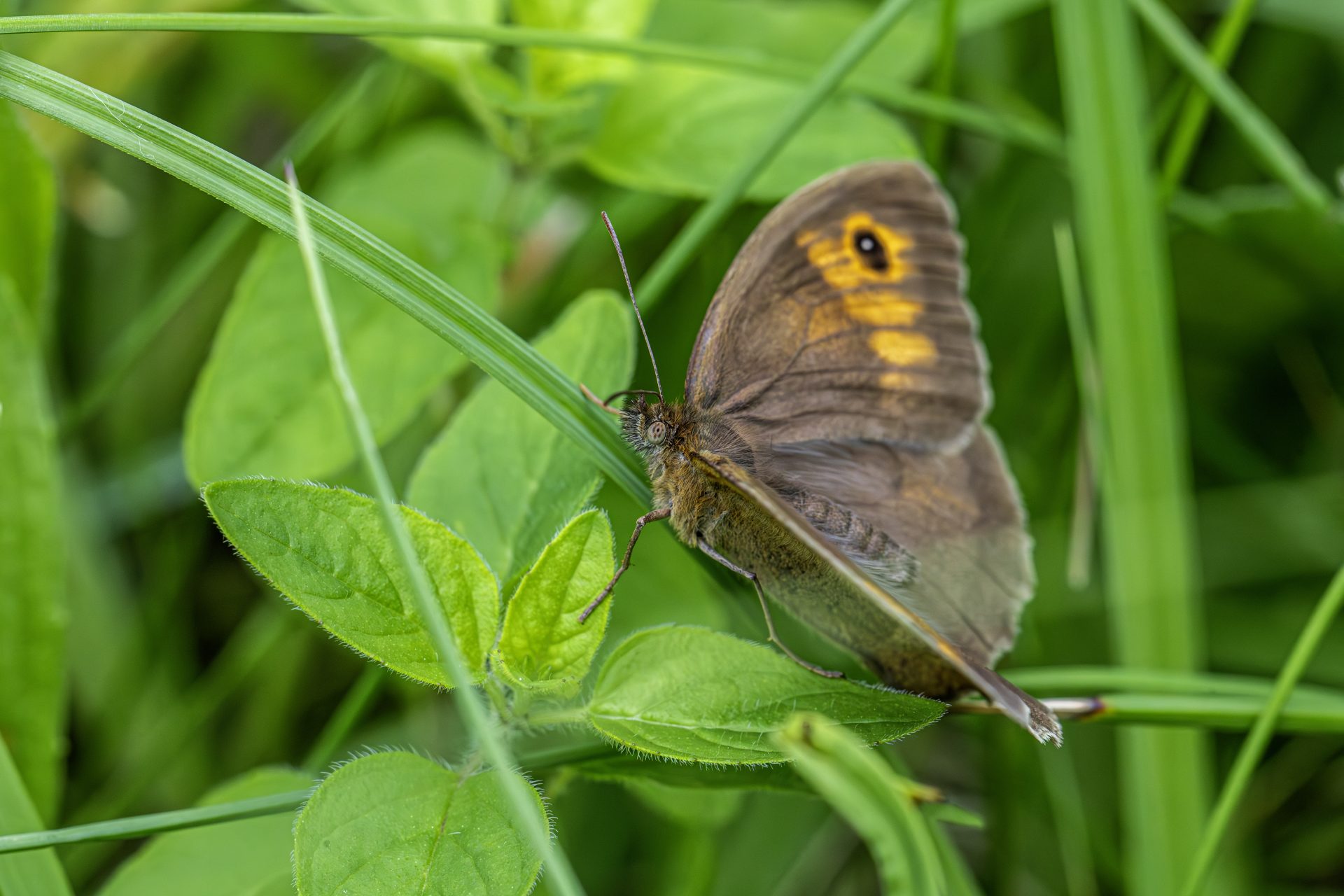
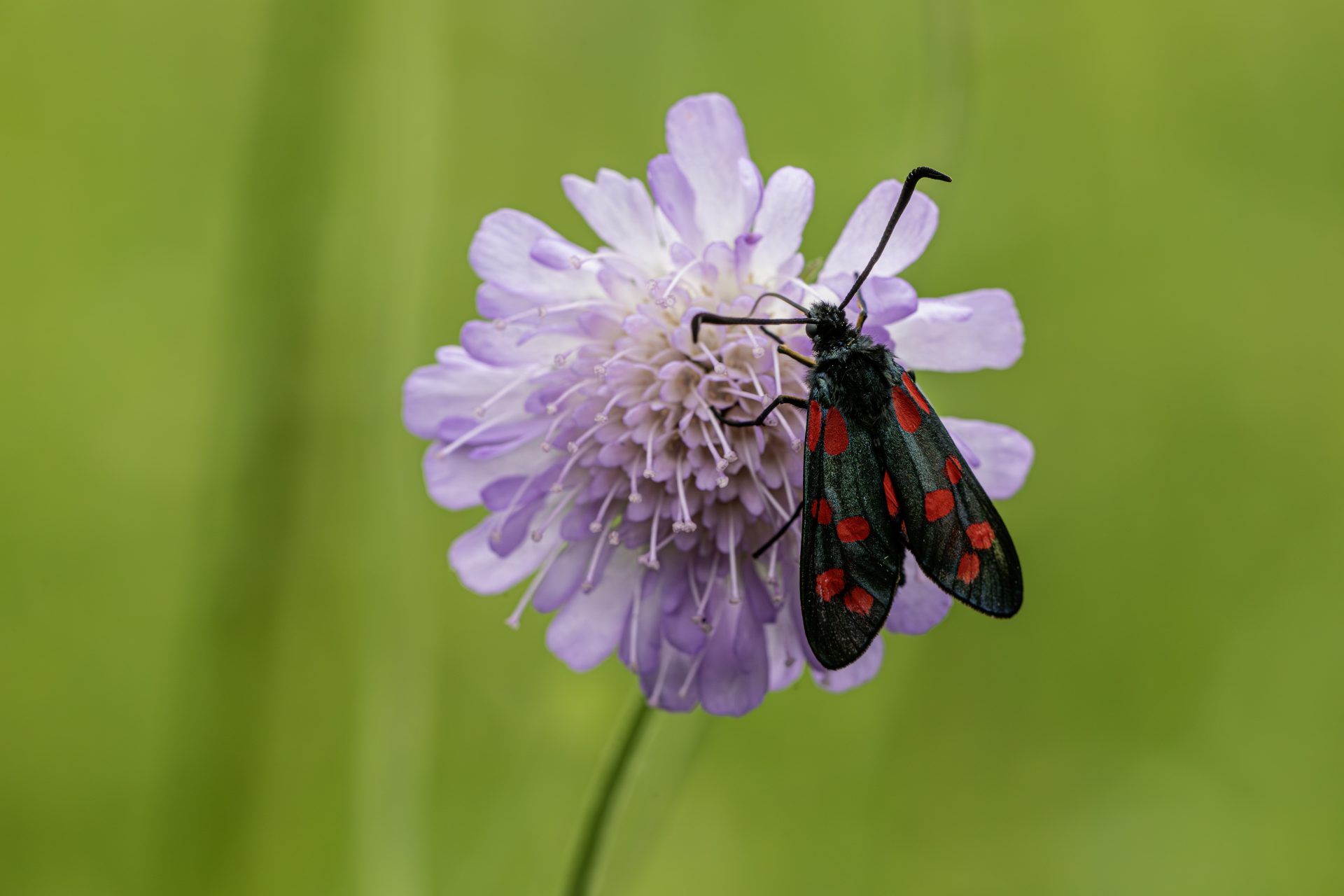
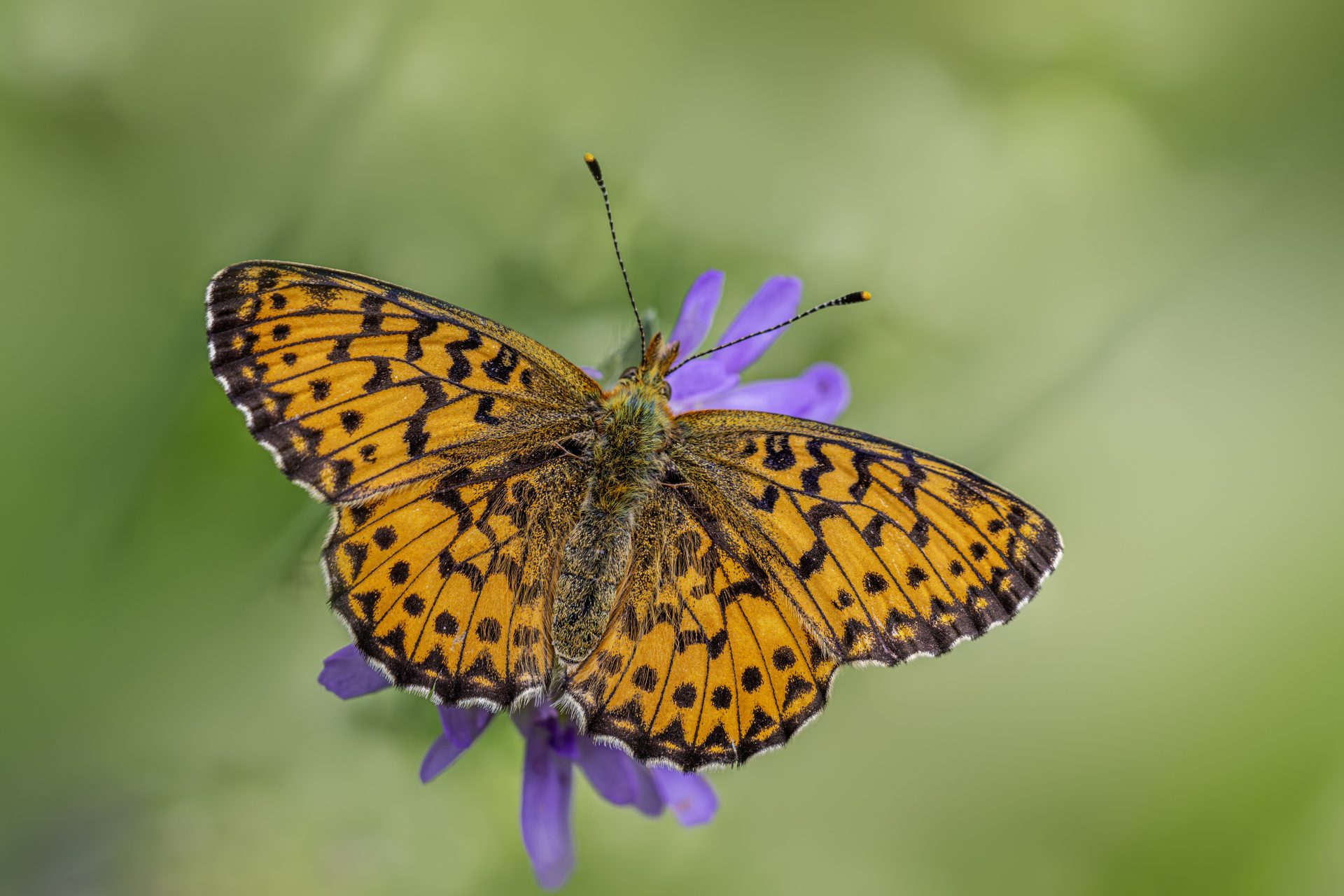
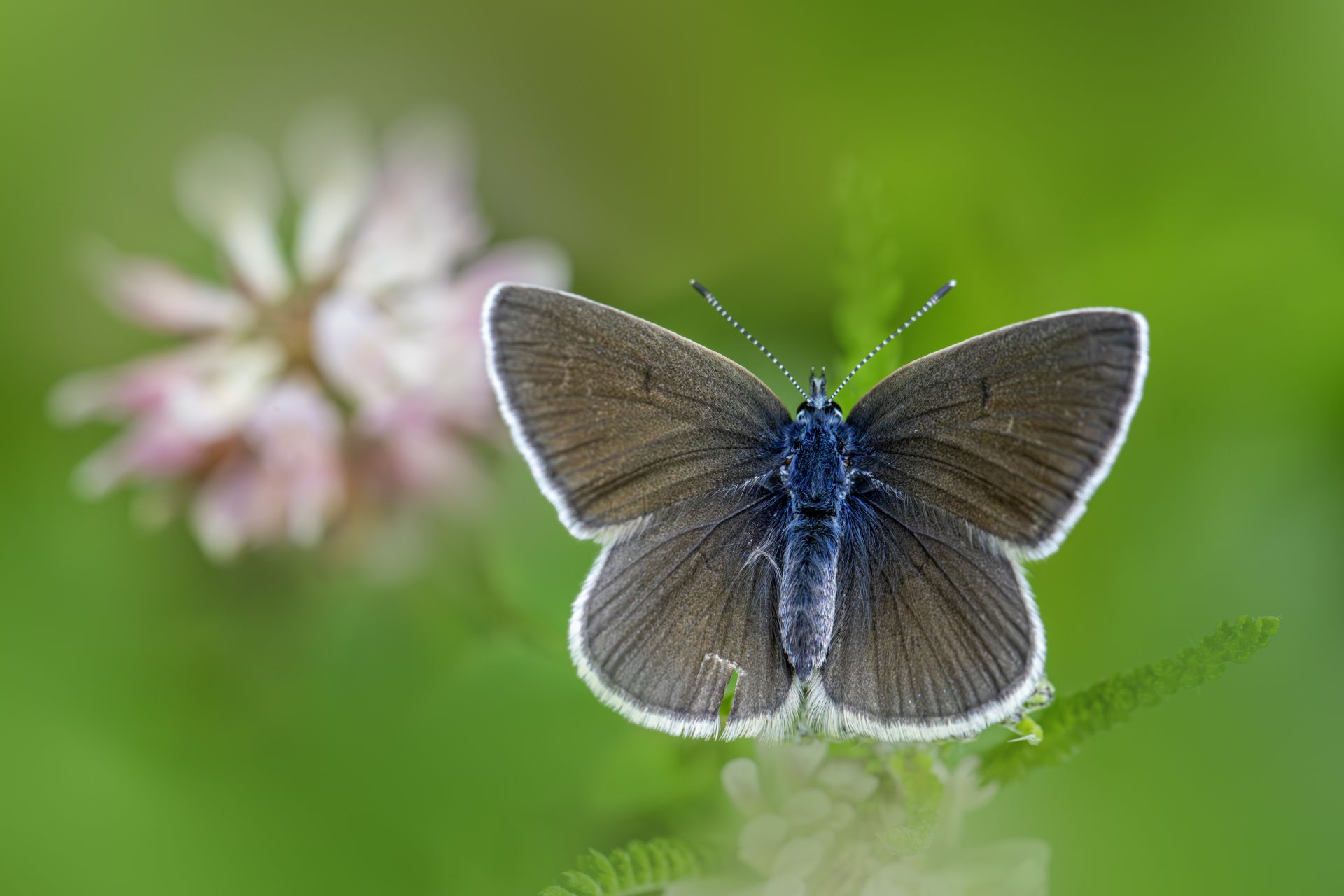
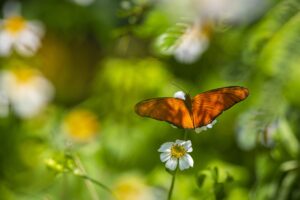
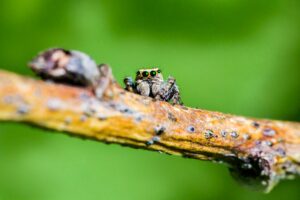
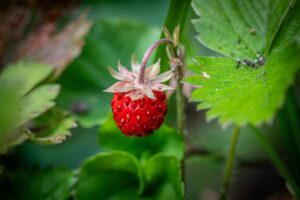
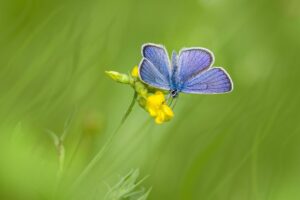
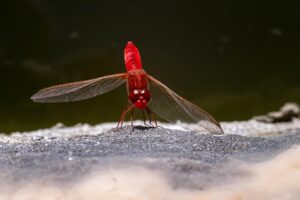
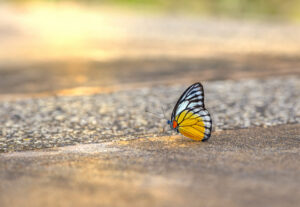
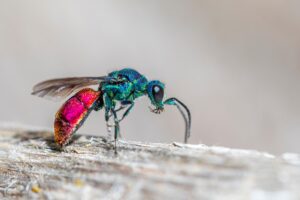
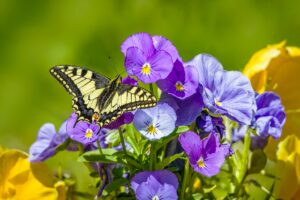
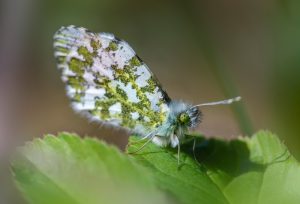
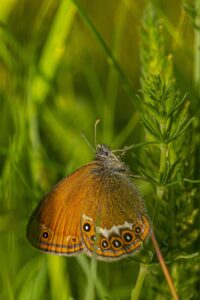
Post Comment